Stanford Medicine researchers Isolated pure hematopoietic stem cells from mice
In 1988, pathologist Irving Weissman from Stanford Medicine isolated a rare mouse cell, known as the hematopoetic stem…
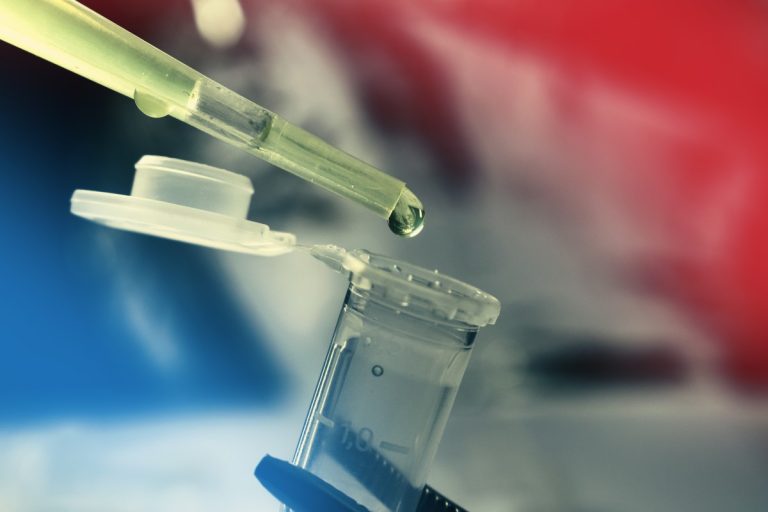
In 1988, pathologist Irving Weissman from Stanford Medicine isolated a rare mouse cell, known as the hematopoetic stem…

On Jun. 8, 1987, Advanced Genetic Sciences announced that its Frostban (Ice-minus) bacteria successfully protected strawberries from below-freezing…

On May 26, 1987, vandals uprooted approximately 3,000 potato plants being studied with ice-minus bacterium on a half-acre…

On Apr. 29, 1987, University of California, Berkeley plant pathologist Steven Lindow field-tested genetically altered Pseudomonas syringae (known…

On Apr. 24, 1987, Advanced Genetic Sciences (AGS) sprayed Frostban on an acre of strawberry plants in Brentwood,…
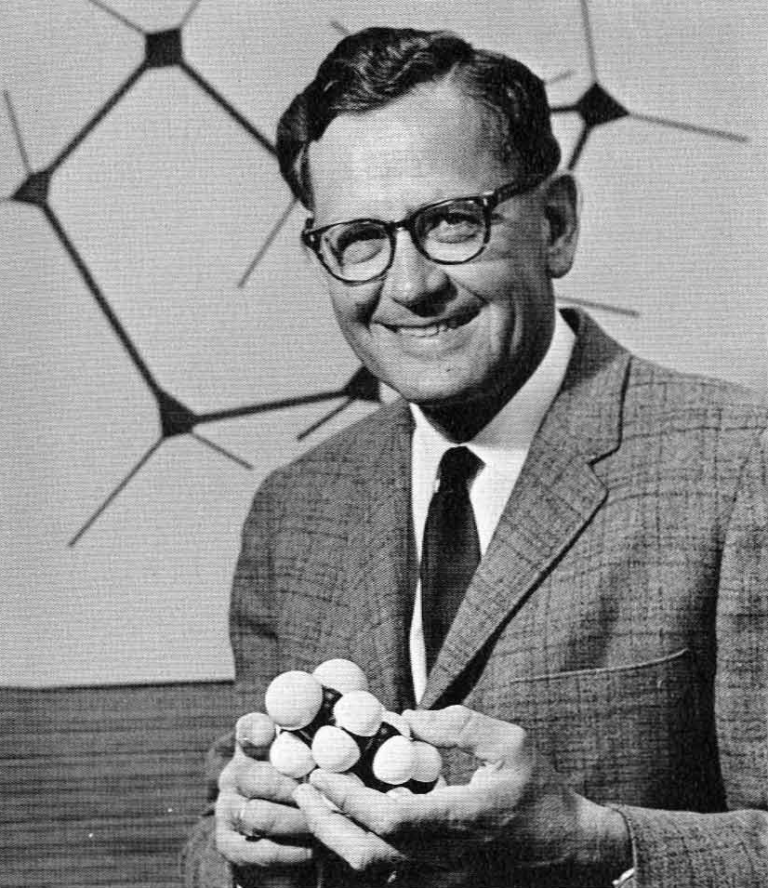
In 1987, the the American Chemical Society awarded the Priestley Medal to John D. Roberts ‘for his numerous…
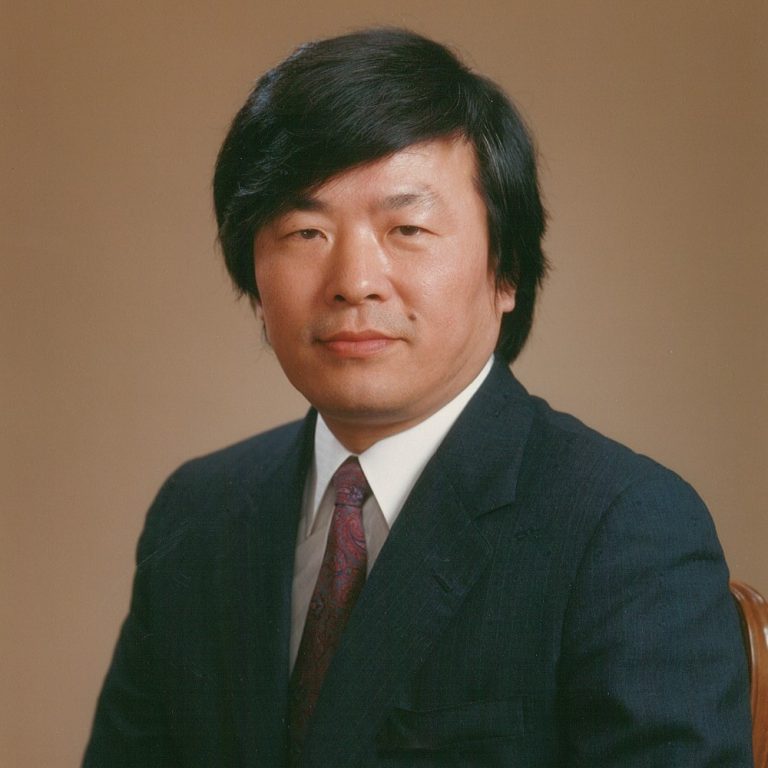
In 1987, University of California, San Diego Alumnus Susumu Tonegawa was awarded he Nobel Prize for Physiology or…
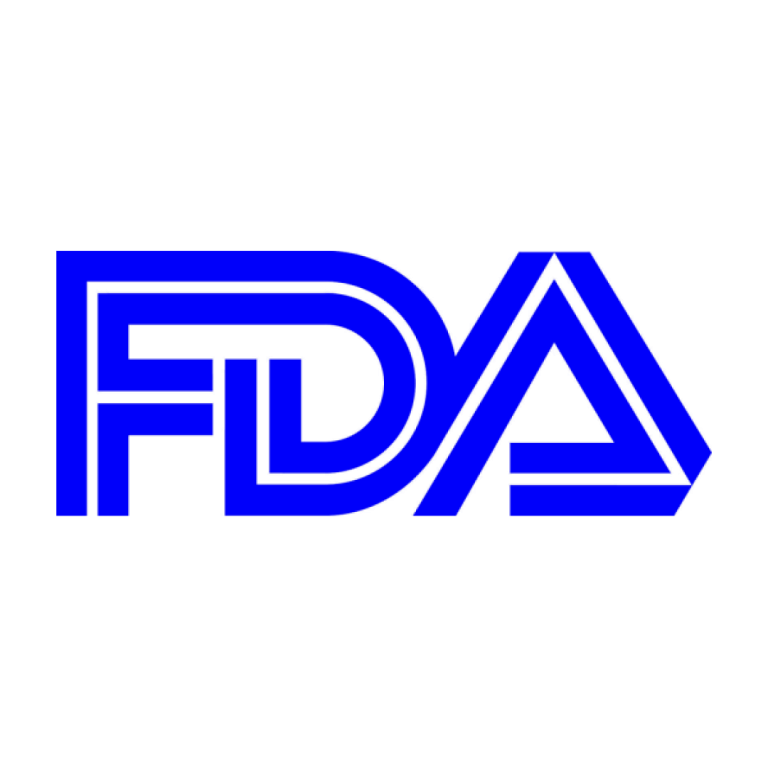
In 1987, the U.S. Food and Drug Administration (FDA) approved Genentech’s drug tPA Activase (alteplase). Activase is a…

In 1987, Richard Lerner, chair of the Scripps Department of Molecular Biology, was appointed the research institute’s new…

On Mar. 19, 1986, Eli Lilly acquired San Diego-based Hybritech for $300 million. Hybritech was a leading producer…
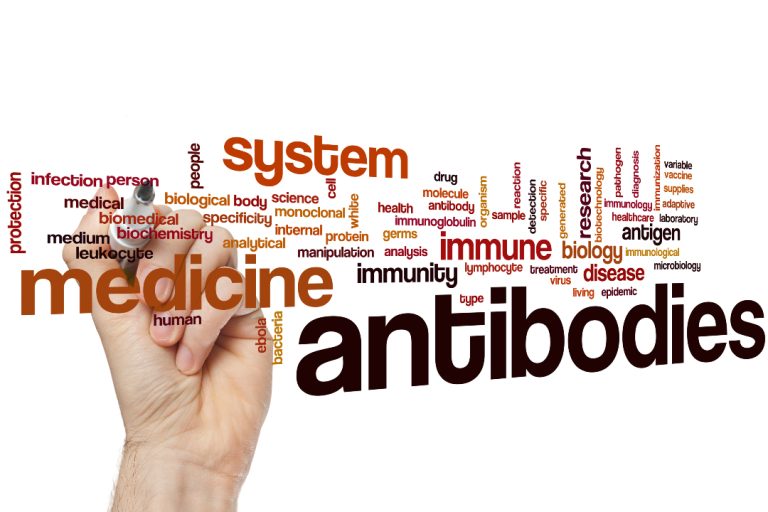
In February 1986, the U.S. Food and Drug Administration (FDA) approved Hybritech’s Tandem-R PSA assay (P850048) with calibration…
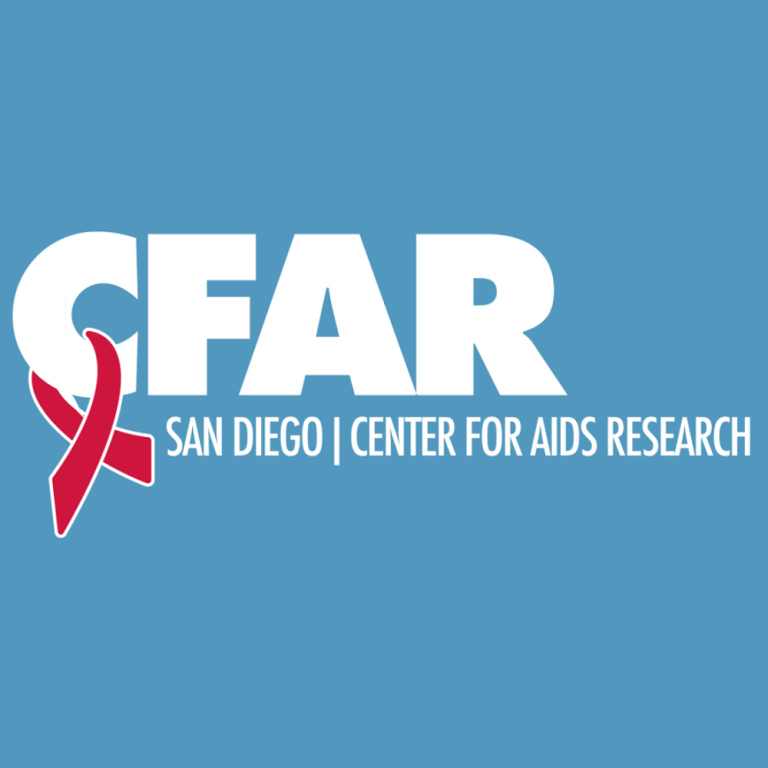
In 1986, University of California San Diego Center for AIDS Research (CFAR) was designated one of eight national…
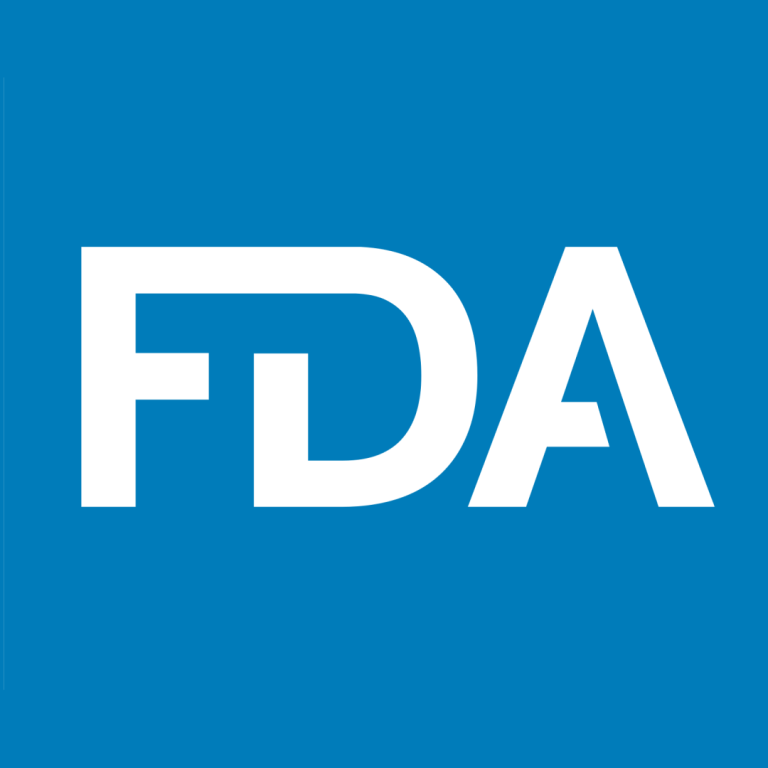
On Oct. 18, 1985, Genentech received U.S. Food and Drug Administration (FDA) approval of its first medicine, Protropin…
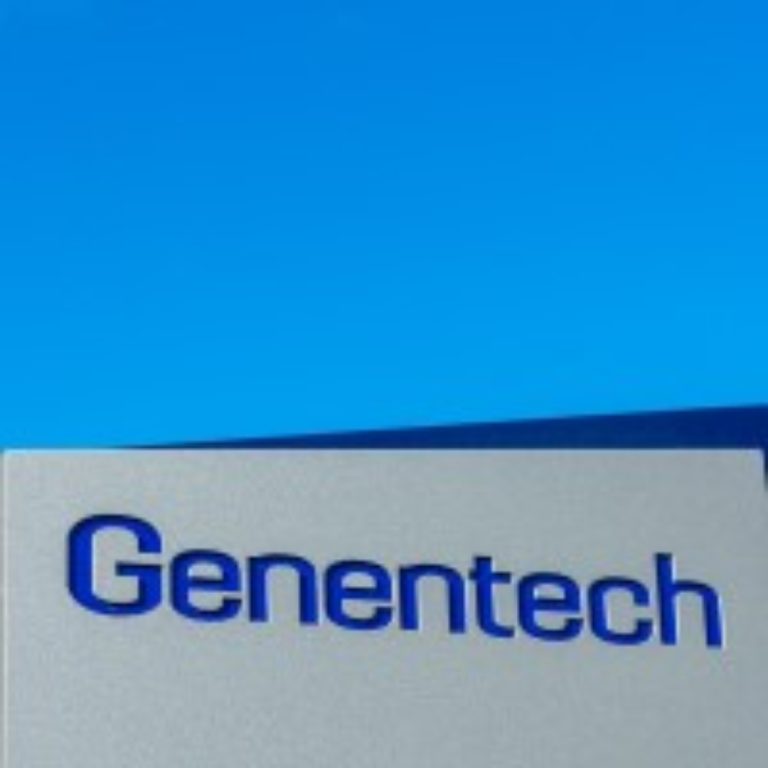
In 1985, the HER2 oncogene was discovered by Axel Ullrich, a young scientist at Genentech. The new oncogene…
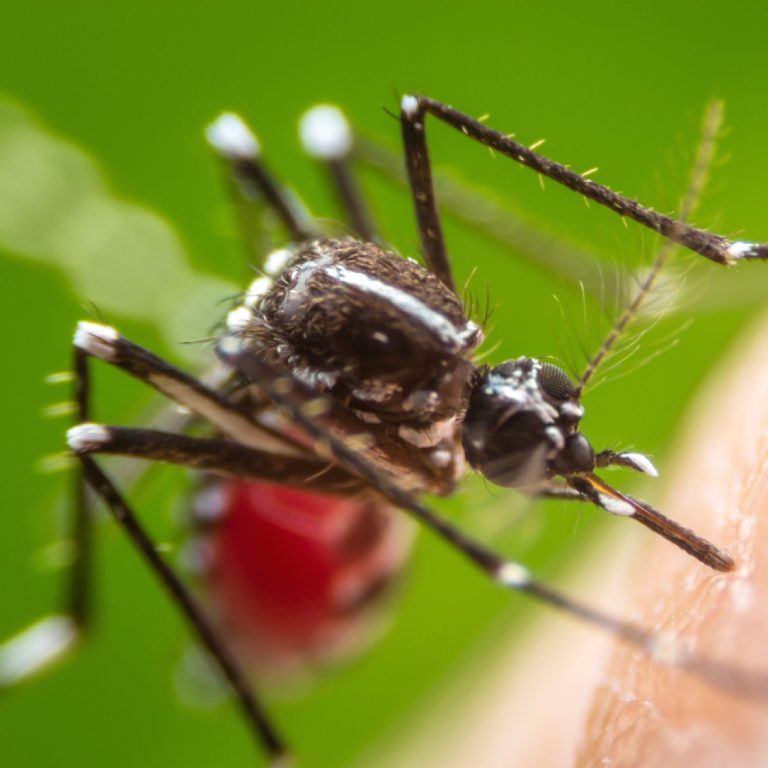
In 1985, the CDIPD was founded as an NIH-NIAID-supported Tropical Disease Research Unit (TDRU) at University of California,…
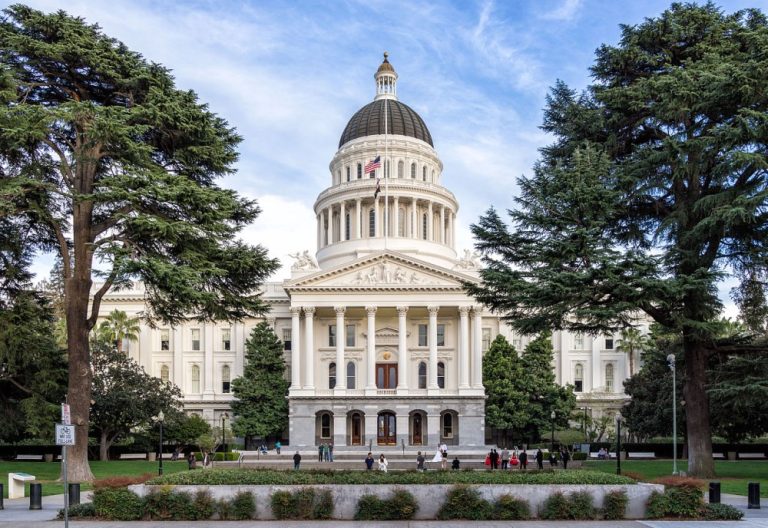
In 1985, California becomes the first state to launch its own Genetic Resources Conservation Program. Designed to preserve…
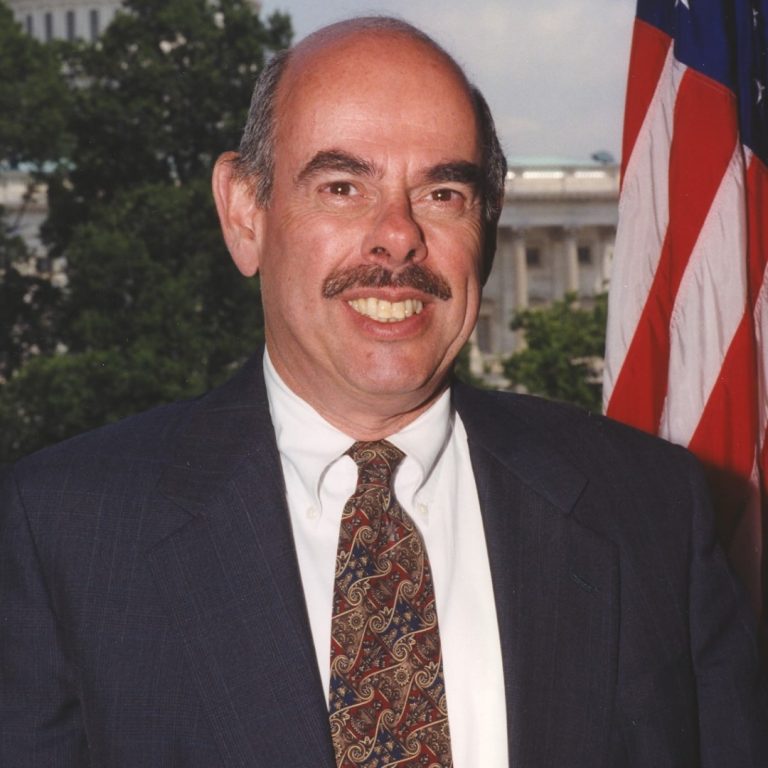
On Sept. 24, 1984 the Hatch-Waxman Act (Drug Price Competition and Patent Term Restoration Act) was passed to…
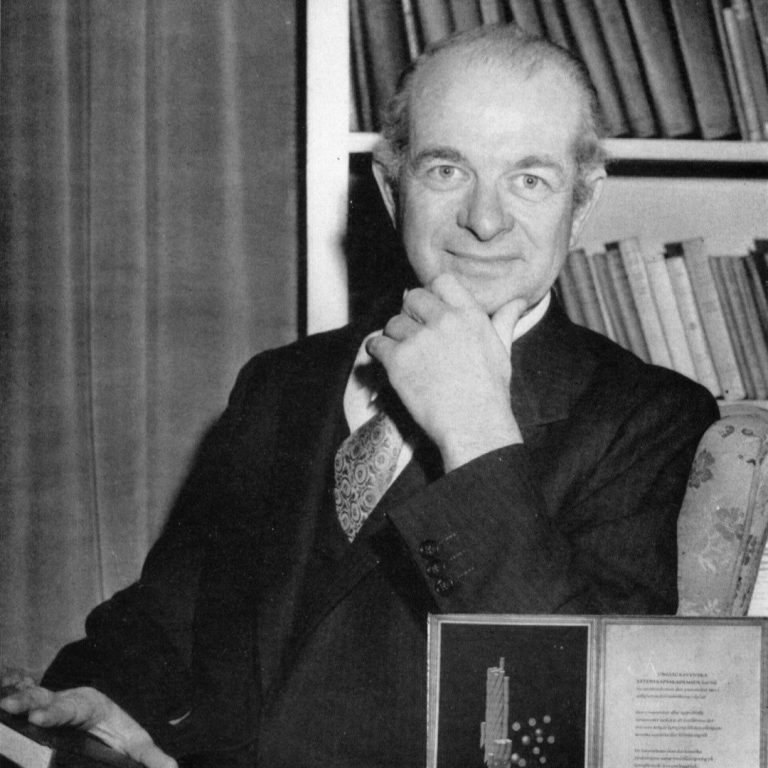
In 1984, the American Chemical Society (ACS) awarded the Priestley Medal to Linus Pauling ‘for his numerous contributions…
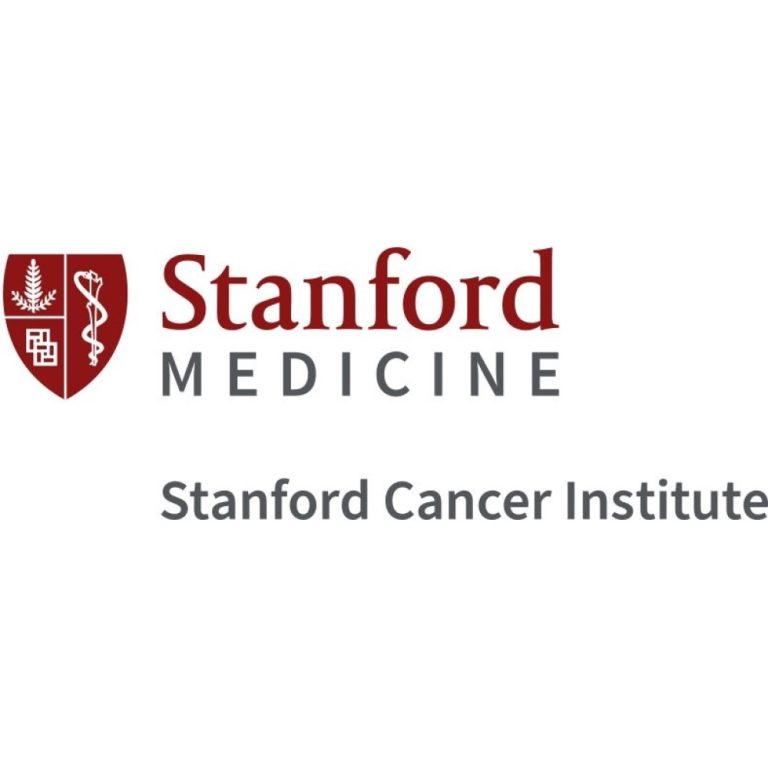
On Mar. 8, 1984, two articles describing the cloning of the T-Cell Receptor (TCR) by Tak Wah Mak…

In 1984, the USDA and the University of California announce plans to create the Plant Gene Expression Center,…
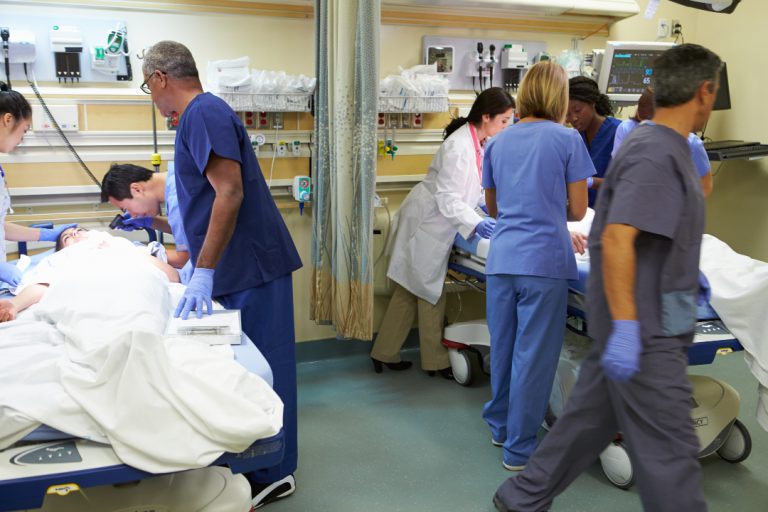
In 1984, University of California, San Diego Trauma Center (UC San Diego) joined with six other area hospitals…
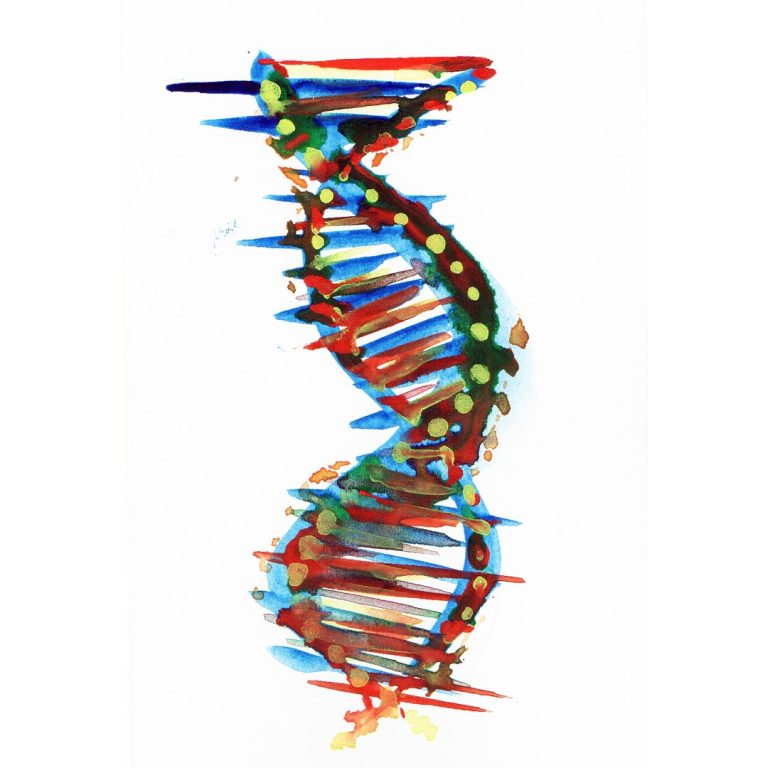
In 1984, Lawrence Livermore National Laboratory researchers published their solution to chromosome painting that has been widely adopted….
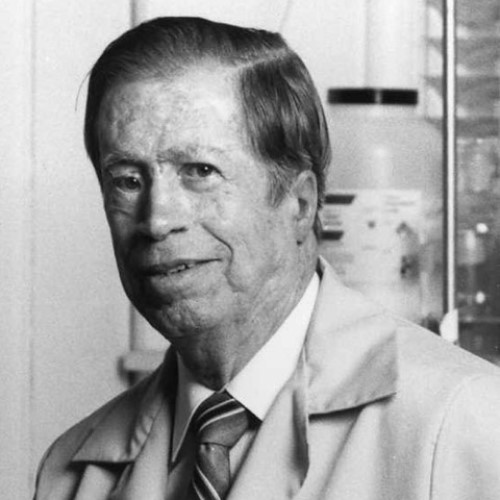
In 1984, Robert Bruce Merrifield a graduate of the University of California at Los Angeles (Ph.D. 1949) was…

On Jun. 17, 1983, Applied Molecular Genetics (AMGen), led by CFO Gordon Binder issued its Initial Public Offering…
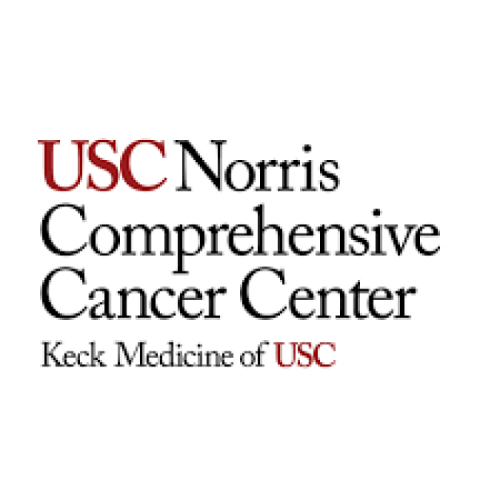
On Feb. 3, 1983, the University of Southern California Kenneth Norris Jr. Cancer Hospital and Research Institute (USC…
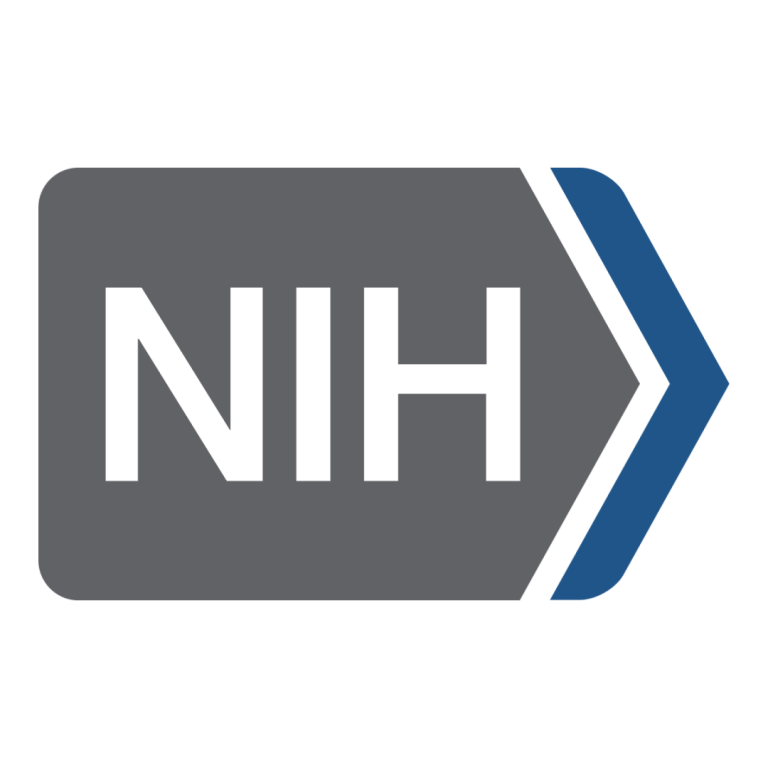
In 1983, the National Institute of Health’s (NIH) Recombinant DNA Advisory Committee unanimously approved Lindow test. Stephen Lindow,…
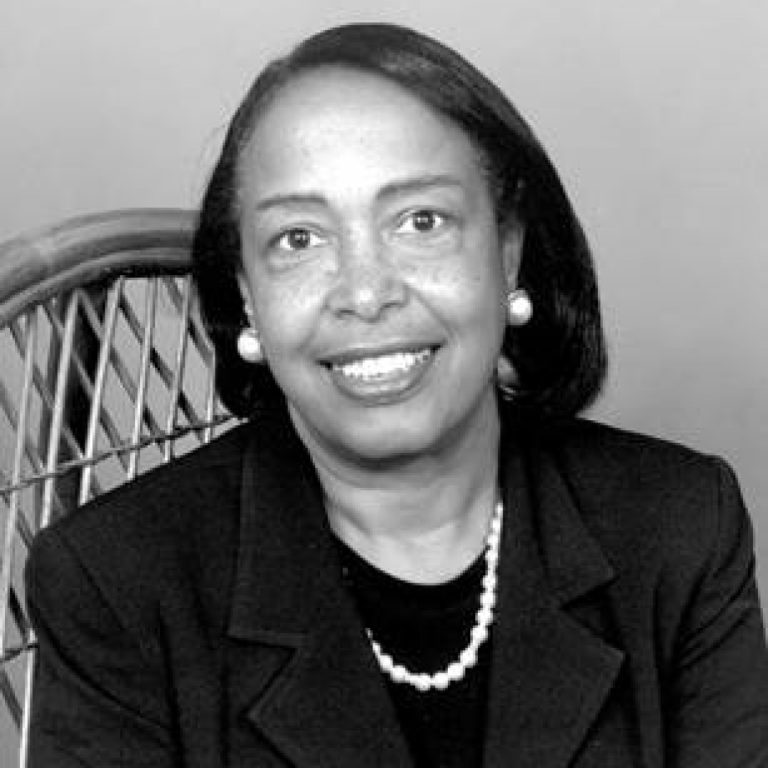
In 1983, Dr. Patricia E. Bath became the first woman to chair an ophthalmology residency program in the…
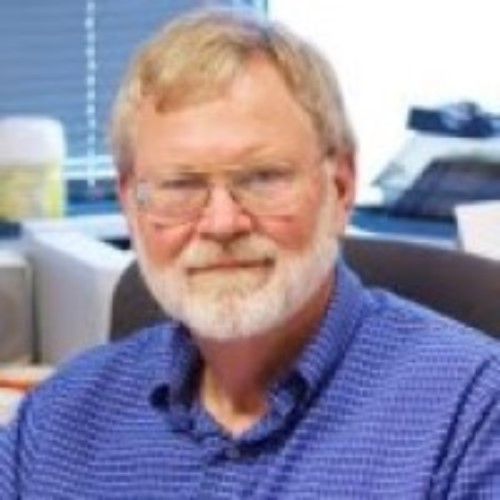
In 1982, Steven Lindow from the University of California, Berkeley, was the first to ask permission to deliberately…
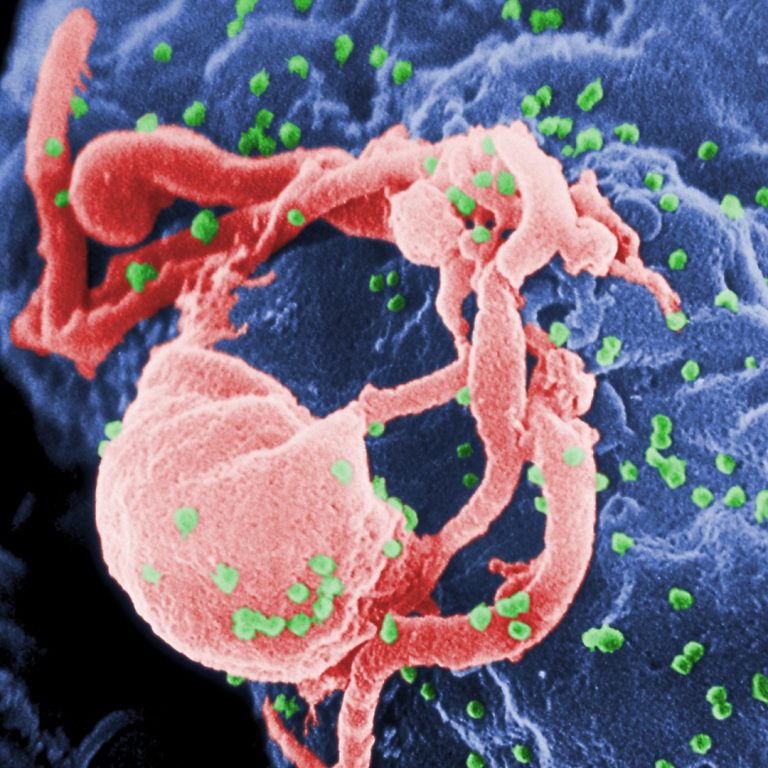
On Jun. 5, 1981, Dr. Michael Gottlieb and colleagues of University of California at Los Angeles reported a…
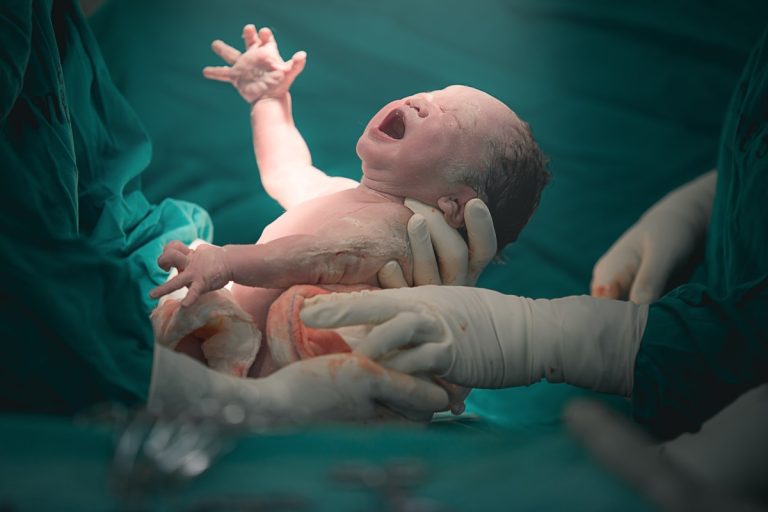
On May 10, 1981, University of California, San Francisco (UCSF) performed the first successful fetal surgery, correcting a…